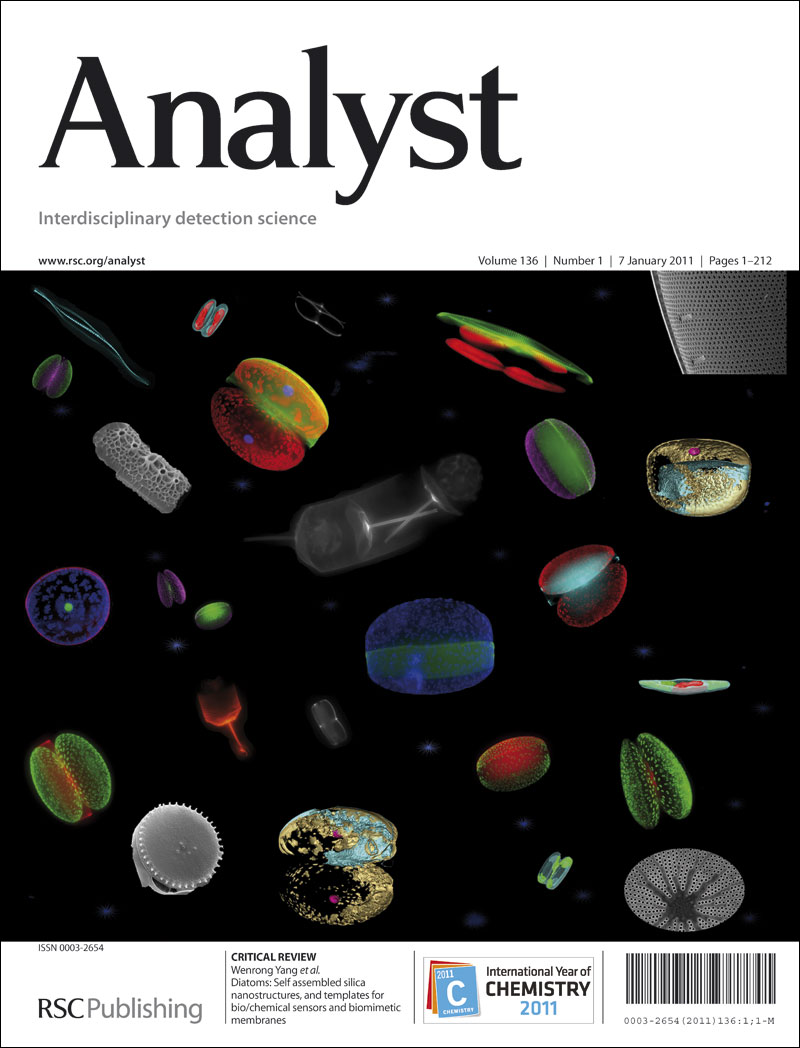计算机视觉辅助下更快的化学制图:来自玻璃和冰芯样品的见解
IF 3.6
3区 化学
Q2 CHEMISTRY, ANALYTICAL
引用次数: 0
摘要
最近在高重复率激光器和快速气溶胶转移方面的进展使得激光消融在电感耦合等离子体质谱(LA-ICP-MS)中的制图速率达到每小时百万像素,然而,时间和资源的实际限制仍然阻碍了以高分辨率绘制目标样品的平方厘米或更大区域的化学成分。这对于极地冰芯深层剖面的分析尤其重要,这促使人们探索提高LA-ICP-MS大面积制图数据收集效率的方法。在计算机视觉的帮助下,并在玻璃和冰样品上进行了演示,我们展示了一个知情的实验设计与计算后处理相结合如何有助于大大减少测量时间,并导致测量区域的相关增加。使用各种绘图技术,我们演示了如何将数据收集减少多达三分之二,同时仍然捕获空间可变性。虽然这些方法是由冰芯分析驱动的,但它们可以推广到其他目标矩阵,并代表了大面积LA-ICP-MS制图的新方法。本文章由计算机程序翻译,如有差异,请以英文原文为准。
Faster Chemical Mapping Assisted by Computer Vision: Insights From Glass and Ice Core Samples
Recent advances in high-repetition-rate lasers and fast aerosol transfer facilitate laser ablation in- ductively coupled plasma mass spectrometry (LA-ICP-MS) mapping rates of up to megapixels per hour, however, practical limits in time and resources still hamper mapping the chemistry of square centimetre or larger areas of target samples at high resolutions. This is especially relevant for the analysis of deep sections of polar ice cores, motivating exploration of approaches to improve the efficiency of LA-ICP-MS data collection for large-area mapping. Assisted by computer vision, and demonstrated on glass and ice samples, we show how an informed experimental design coupled with computational post processing can contribute to large reductions in measurement times and lead to associated increases in measurement areas. Using various inpainting techniques, we demonstrate how the collection of data can be reduced by up to two thirds while still capturing spatial variability. Although motivated by ice core analysis, these approaches are generalisable to other target matrices and represent a new approach to large-area LA-ICP-MS mapping.
求助全文
通过发布文献求助,成功后即可免费获取论文全文。
去求助
来源期刊

Analyst
化学-分析化学
CiteScore
7.80
自引率
4.80%
发文量
636
审稿时长
1.9 months
期刊介绍:
"Analyst" journal is the home of premier fundamental discoveries, inventions and applications in the analytical and bioanalytical sciences.
 求助内容:
求助内容: 应助结果提醒方式:
应助结果提醒方式:


